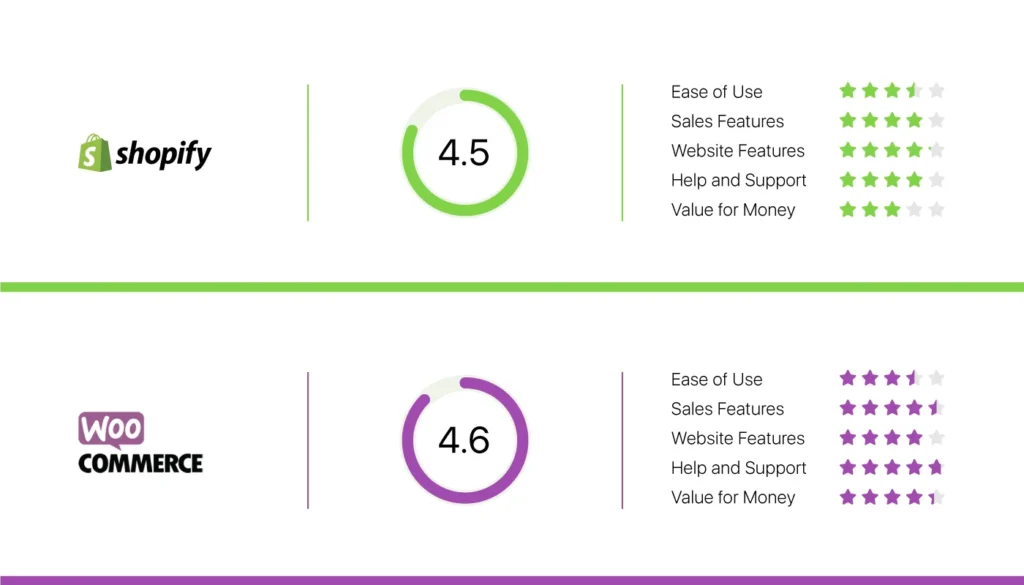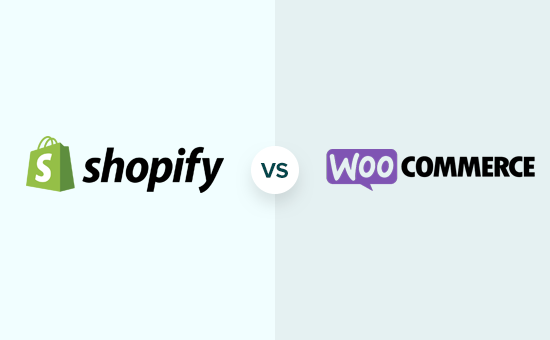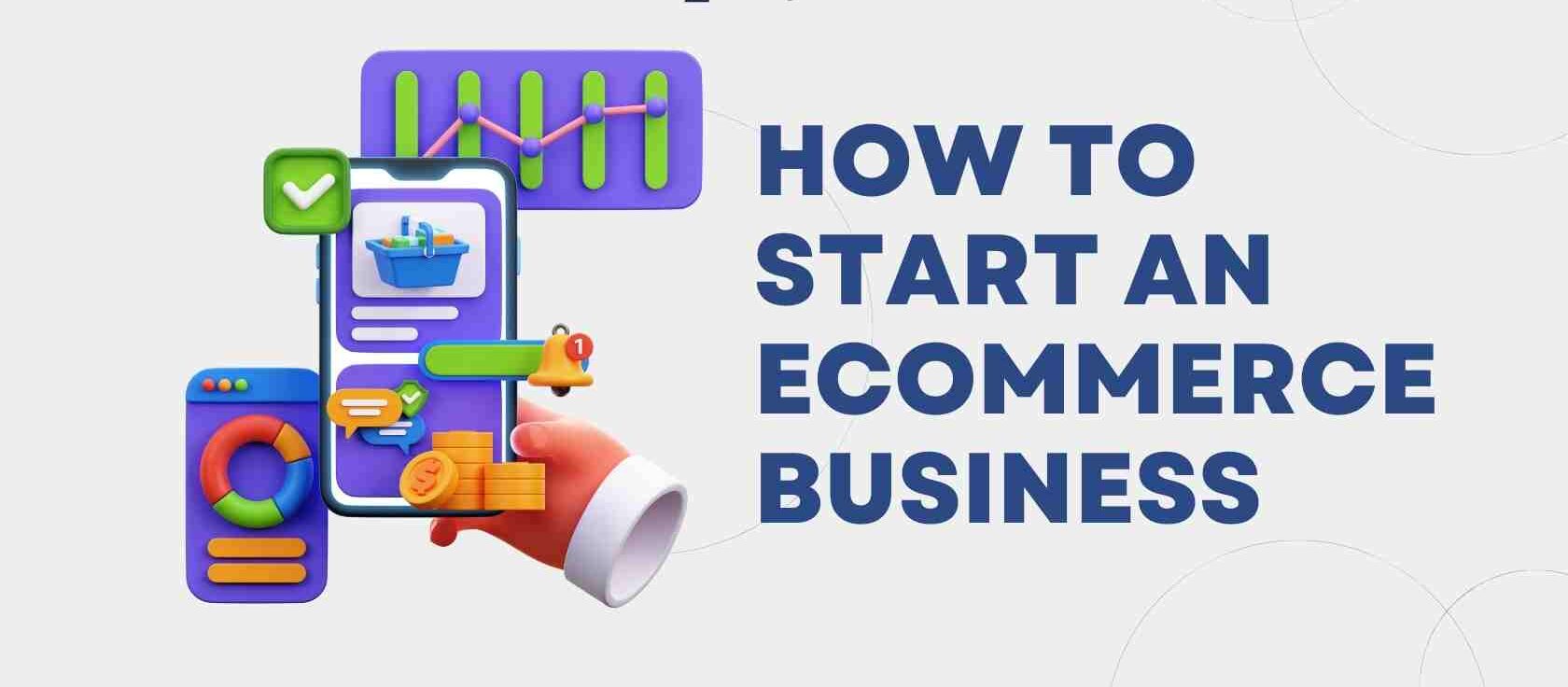Shopify vs WooCommerce: Which Ecommerce Platform is Best for You in 2025?
If you’re planning to launch an online store, one of the biggest decisions you’ll make is choosing the right ecommerce platform. Two of the most popular choices out there are Shopify vs WooCommerce — and the debate between them isn’t going away any time soon.
Both platforms are powerful, flexible, and capable of helping you build a successful ecommerce business. But they’re also very different under the hood. In this detailed guide, we’ll break down the pros and cons of Shopify and WooCommerce, compare key features, and help you decide which one fits your business needs best.
What Is Shopify?
Shopify is a hosted ecommerce platform that allows you to create an online store without worrying about technical maintenance, security, or hosting. It’s an all-in-one solution, perfect for beginners and entrepreneurs who want a simple setup.
With Shopify, everything is managed for you — from web hosting to payment gateways, themes, and plugins. You just sign up, pick a plan, and start building your store.
What Is WooCommerce?
WooCommerce, on the other hand, is a self-hosted WordPress plugin that turns any WordPress site into a fully functional ecommerce store. Unlike Shopify, WooCommerce gives you full control over customization and hosting, but it also means more responsibility on your part.
It’s open-source, which means it’s free to use — but you’ll need to handle things like hosting, domain registration, security, and maintenance yourself (or hire someone to do it for you).
When comparing Shopify vs WooCommerce, your choice will largely depend on your technical skills, budget, and business goals.

Shopify vs WooCommerce: Side-by-Side Comparison
Let’s break down the most important features and compare Shopify vs WooCommerce side by side.
1. Ease of Use
-
Shopify: Offers a clean, beginner-friendly dashboard. Drag-and-drop functionality makes it easy for anyone to build a professional-looking store in minutes — no coding required.
-
WooCommerce: Requires more setup and technical knowledge. You’ll need to install WordPress, choose hosting, and manage updates and plugins. However, once set up, it’s highly flexible.
✅ Winner: Shopify (for beginners)
2. Cost and Pricing
-
Shopify: Plans start at $39/month. It includes hosting, SSL, and essential features. However, there are additional costs for third-party apps and themes. Shopify also charges transaction fees unless you use Shopify Payments.
-
WooCommerce: The plugin is free, but you’ll need to pay for hosting ($5–$25/month), a domain, SSL certificate, and any premium themes or extensions.
✅ Winner: WooCommerce (more control over costs, better for DIY)
3. Design and Themes
-
Shopify: Offers a curated selection of professional, mobile-responsive themes. Some are free, while others are paid (usually $150–$350).
-
WooCommerce: Since it runs on WordPress, you have access to thousands of themes. Many are customizable and free, but premium themes give your store a polished, unique look.
✅ Winner: WooCommerce (more flexibility and variety)
4. Payment Options
-
Shopify: Supports over 100 payment gateways including PayPal, Stripe, Apple Pay, and Shopify Payments. However, using third-party gateways may result in extra transaction fees.
-
WooCommerce: Also supports a wide range of gateways through plugins. There are no additional fees beyond what the payment processor charges.
✅ Winner: WooCommerce (no platform-imposed transaction fees)
5. Customization
-
Shopify: Limited customization unless you use Liquid (Shopify’s proprietary coding language). Ideal for users who don’t want to mess with code.
-
WooCommerce: Open-source and highly customizable. If you know PHP or hire a developer, the sky’s the limit.
✅ Winner: WooCommerce (complete creative control)
6. Apps and Integrations
-
Shopify: Over 8,000 apps in the Shopify App Store, covering everything from email marketing to inventory management. Easy to install with one click.
-
WooCommerce: Thousands of plugins via WordPress.org and third-party developers. Offers more flexibility but sometimes less user-friendly.
✅ Winner: Tie — Shopify is easier, WooCommerce is broader
7. SEO and Blogging
-
Shopify: Good SEO tools built-in, and apps are available for advanced features. Blogging is basic but functional.
-
WooCommerce: Since it’s built on WordPress — the best blogging platform — you get powerful SEO capabilities and full control over content creation.
✅ Winner: WooCommerce (especially for content-driven stores)
8. Scalability
-
Shopify: Easily scales with your business. You don’t need to worry about traffic spikes or performance — Shopify handles it.
-
WooCommerce: You’re in control of hosting and performance. You can scale, but it requires the right server infrastructure and tech knowledge.
✅ Winner: Shopify (set it and forget it scalability)
9. Security
-
Shopify: Fully hosted with built-in SSL, PCI compliance, and 24/7 monitoring.
-
WooCommerce: You’re responsible for your own security — updates, SSL, backups, and firewalls. Not difficult, but requires diligence.
✅ Winner: Shopify (less work, more peace of mind)
10. Customer Support
-
Shopify: 24/7 support via chat, email, and phone. Extensive knowledge base and community forums.
-
WooCommerce: No centralized support. You rely on your hosting provider, plugin developers, and the community.
✅ Winner: Shopify (faster and easier support options)
Shopify vs WooCommerce: Pros and Cons
Here’s a quick snapshot of the advantages and disadvantages of each platform.
Shopify Pros:
-
Super easy to use
-
Beautiful, professional themes
-
24/7 customer support
-
Reliable hosting and built-in security
Shopify Cons:
-
Monthly subscription cost
-
Less flexible for deep customization
-
Additional fees for some payment gateways
WooCommerce Pros:
-
Completely customizable
-
Open-source and free to use
-
No platform transaction fees
-
Superior blogging and SEO tools
WooCommerce Cons:
-
Steeper learning curve
-
You manage hosting, updates, and security
-
No central support team
Who Should Use Shopify?
Shopify is ideal for:
-
Beginners who want a fast, no-fuss setup
-
Business owners who prefer a hosted solution
-
Entrepreneurs who need scalability and reliability
-
Anyone looking for 24/7 support and less tech maintenance
If simplicity and ease are top priorities, Shopify wins the Shopify vs WooCommerce debate for you.
Who Should Use WooCommerce?
WooCommerce is best for:
-
Experienced WordPress users
-
Businesses wanting full control and customization
-
Sellers with content-driven strategies (like blogs or niche content)
-
Startups on a tight budget
If flexibility, freedom, and control matter most, WooCommerce is the winner in your personal Shopify vs WooCommerce comparison.
Final Verdict: Shopify vs WooCommerce — Which One Is Best?
There’s no one-size-fits-all answer in the Shopify vs WooCommerce battle. It all comes down to your specific needs.
Choose Shopify if:
-
You want a quick launch and minimal setup
-
You prefer a hosted, worry-free platform
-
You’re not tech-savvy
Choose WooCommerce if:
-
You already use WordPress or plan to blog
-
You want deep customization
-
You’re comfortable managing hosting and updates
Conclusion
At the end of the day, both platforms are capable of helping you run a successful ecommerce store. Understanding your goals, budget, and technical comfort level will guide you to the right choice.
If you’re still unsure, try both! Shopify offers a free trial, and WooCommerce is free to install. Test them out and see what feels right.
No matter which side you land on in the Shopify vs WooCommerce debate, one thing’s for sure — ecommerce is booming in 2025, and the best time to start is now.



